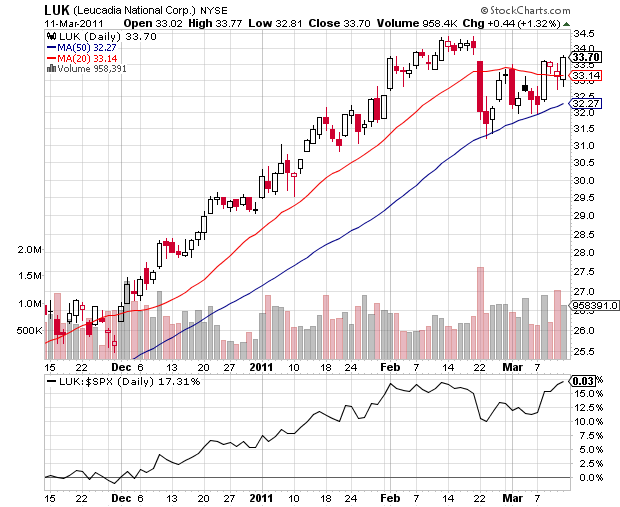Mozart has long been considered a musical genius that is born once in a 100 years. His amazing talent was recognized when he was still 5 years old. Today, there are hundreds of 3-4 year old kids that are 10 times better than the 5-year old Mozart. Today we know much more about the creation of geniuses and how to leverage that knowledge. This is why I am an optimist about the future.
Robert Fischer became a grand master before he turned 16. He was considered a chess legend at the age of 13. Today, there are hundreds of 10-11 year old kids that would kick the ass of the 13 year old Fischer. We know much more about how to learn efficiently and how to achieve expertise in any area of life. The existence of computer simulations significantly accelerates the creation of chess geniuses.
Today we know that the grand chess players don’t really think, they react. They derive their next move from their long-term memory, which has archived millions of combinations as opposed to lesser developed players, who have to apply conscious mental effort to take a decision. The best chess players think like computers. I would argue the same for the best traders, even if some of them don’t realize it. The trading wars will be won by computers, but there will always be enough fish for the skilled fisherman.
Social media can do for traders what simulated computer programs do for wanna-be chess masters. In the 1990s, Jack Swager said that he had troubles finding true investment superstars for his Market Wizards books. Social media did not exist then. Social media is important not only in terms of its discovery function, but also in terms of faster development of talent. It accelerated the learning curve and it produced hundreds of new great traders. This process has only just begun.
Social media overcomes the geographic limits of time and space and the psychological and cultural limits of perceived status, and opens a whole new world of collaboration. Some people say that social media is noise for the real traders, who have to rely only on themselves to be successful, but as with all tools – something can be very dangerous in one’s hands and extremetly useful in another’s. You just have to learn how to use it.

